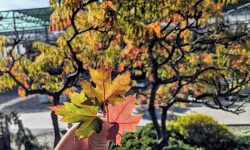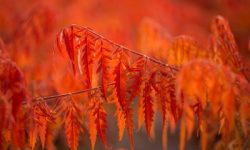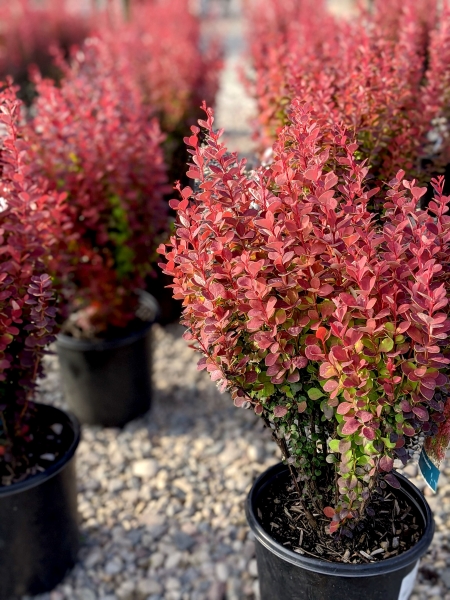
Spring Flowering Perennials
These perennials bloom during the early growing season and are a welcome sight after a long-cold winter. Mix these spring flowering perennials in with your summer and fall-blooming flowers for a show of sequential blooms all gardening season. These early blooming perennials can also help pollinators get food before the trees start blooming and also attract pollinators to your fruiting trees. If you are interested in adding more pollinator friendly plants, see two garden designs that can help you plan your new garden spaces.
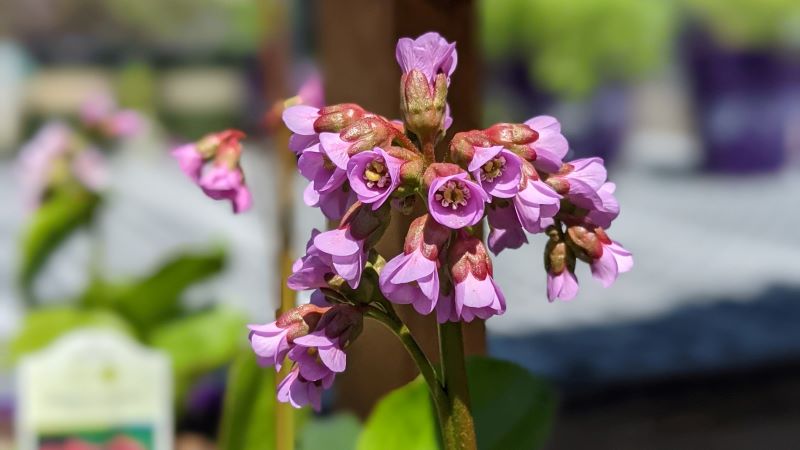
Bloom time is April and May. This plant is called Pigsqueak because if you rub two leaves together it makes a squeaking sound. Bergenia love shade or dappled sunlight and a great alternative to the hosta.
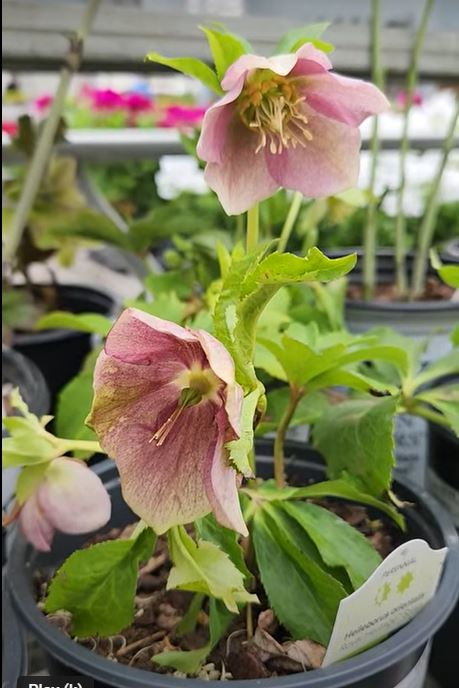
Best to plant these in raised beds, on slopes, or front of the garden to see their downward facing blooms, Hellebores can bloom very early spring into mid-May.
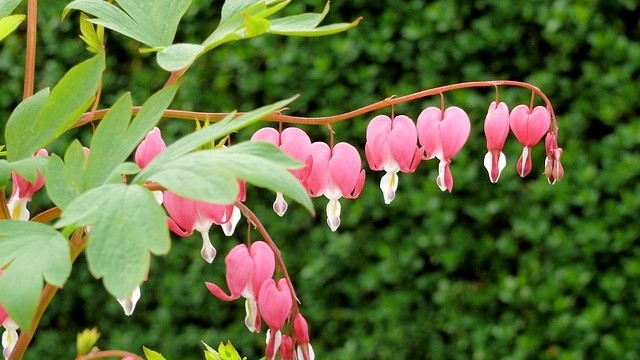
These hearts bloom mid-May to June. Heart-shaped pink flowers that dangle from outstretched stems.
Cool-moist areas are best with morning sun.
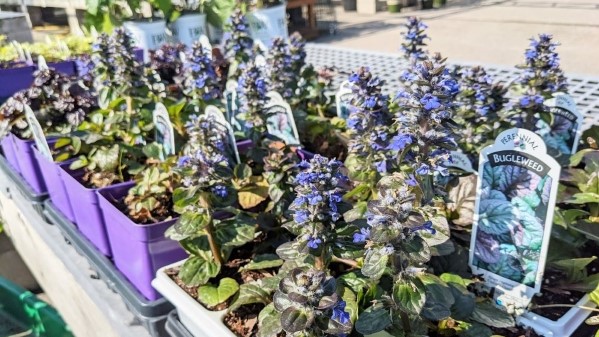
These flowers bloom early May through June. It’s an aggressive spreading ground cover that helps choke out weeds. Commonly used for hard-to-grow shady area, erosion control or under Black Walnut trees since it’s resistant to Juglone.
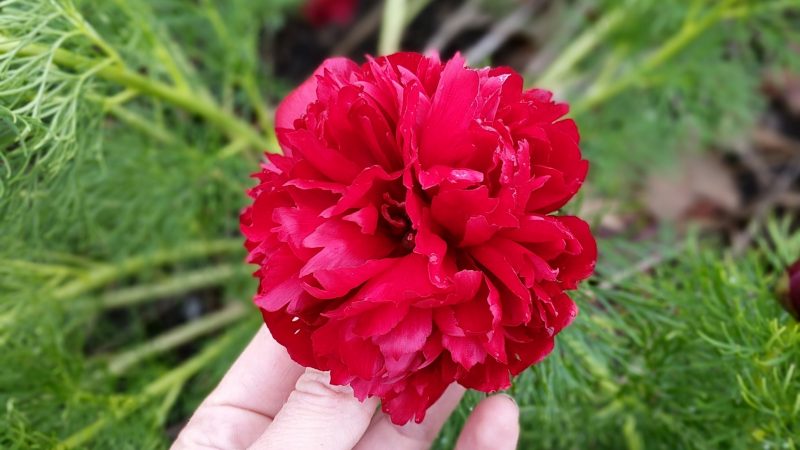
Deep red large flowers grow on fine-textured fern-like foliage that grows in a 1′-2′ foot mound.
Provide 6 hrs of sun and they will bloom in late-spring. May need stem support to prevent drooping.
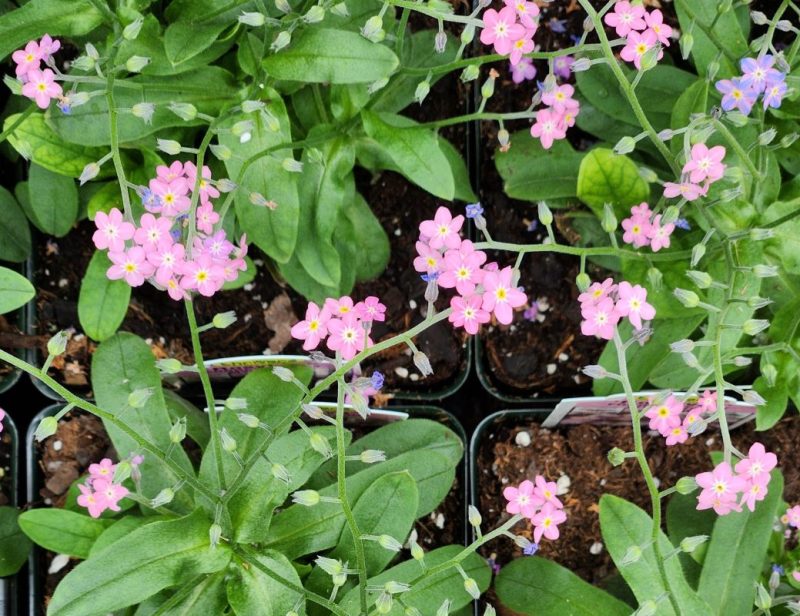
They start blooming in May and can re-bloom later in the season.
Pink or blue flowers of Forget-Me-Not create a blanket of small flowers over a short 5 inch to 12 inch plant. Used as a ground-cover in landscapes, this perennial is biennial and reseeds itself. Deadhead blooms to prevent re-seeding if you want to inhibit spreading.
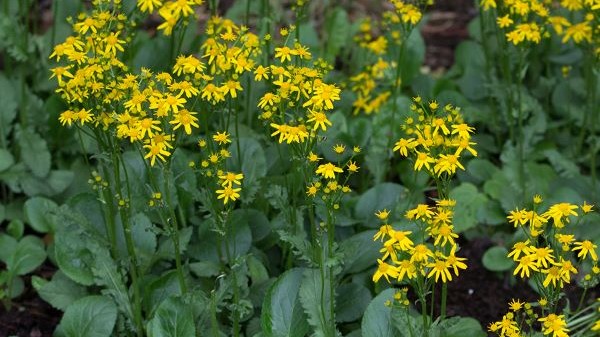
Blooms late-spring to early-summer. Excellent ground cover with sea of long-lasting yellow flowers. Will
flower in full sun to part shade and spreads slowly and easy to contain.
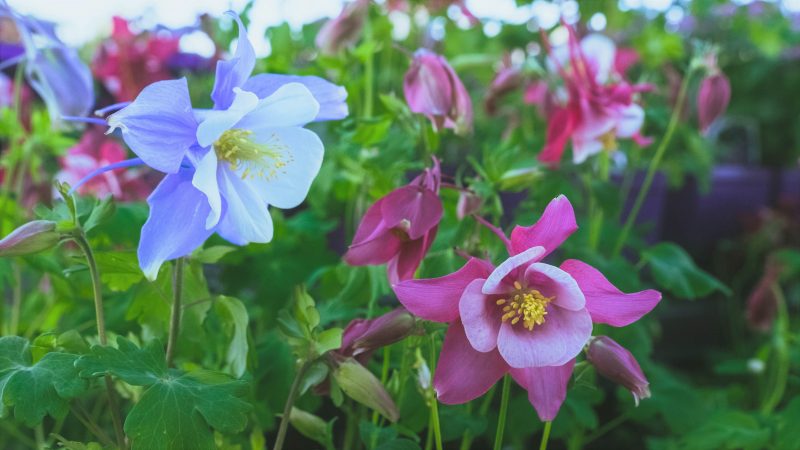
Blooms mid-spring. Blue, pink, or purple bell-shaped flowers great for part shade and woodland areas. Native Columbine
has smaller red and yellow flowers that tend to have slightly more nodding in the flowers.
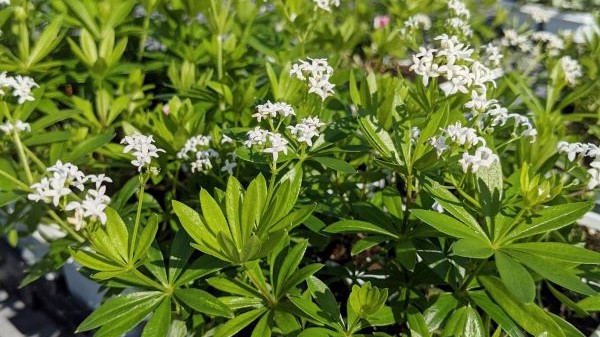
Forms thick mats of foliage with small white flowers blooms April and May. Best grown in moist, shady areas.
Can handle dry shade but won’t grow as prolific.
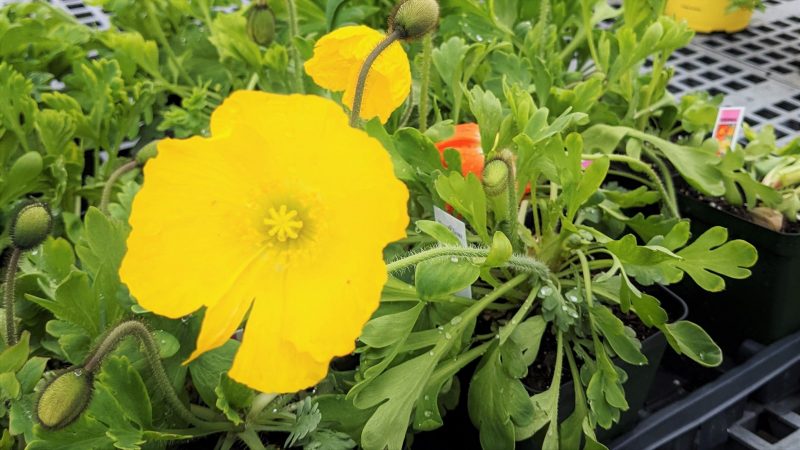
Poppies can bloom in cooler weather April through June. A shorter lived plant that easily reseeds itself for year-after-year blooms.
These delicate flowers love growing in full-sun.
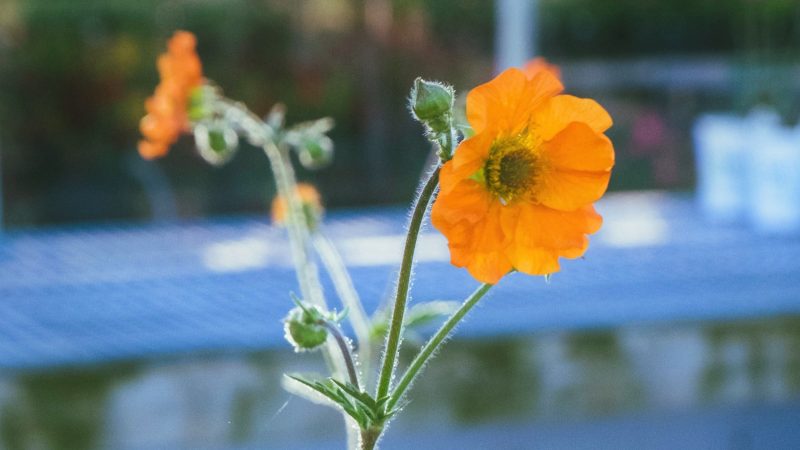
This is a member of the rose family that loves full morning sun and afternoon shade.
Mid-spring flowers perch atop fuzzy stems. Long-blooming flowers that butterflies adore!
Dead-head old flowers to push more blooms.
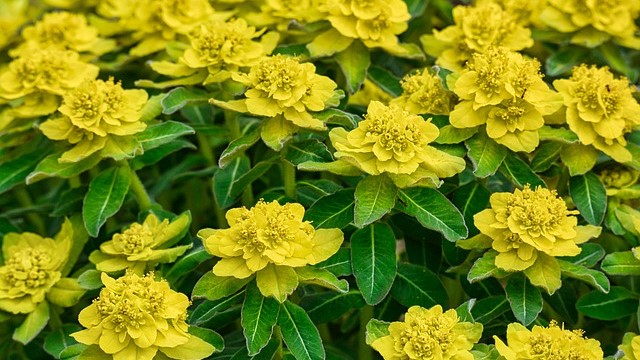
The tiny yellows flowers are insignificant but the bright yellow bracts surrounding the blooms
is what makes this cushion-shaped plant a lovely spring perennial. The leaves will also turn orange in the fall.
Grow in full sun to avoid legginess. As part of the Eupohorbia family, it can handle drought once established.
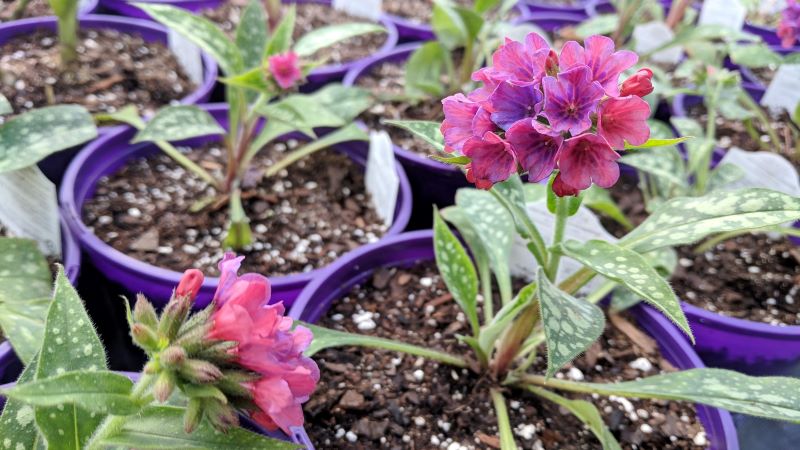
This early spring bloomer is a low growing plant with fuzzy white speckled leaves. Creates a clump of textured foliage with flower stalks that rise above the foliage. Great for shady locations and deer resistance.

Prolific bloomer with deep lilac color flowers. Vining habitat that creates a blanket of gorgeous glossy
dark leaves. Shade tolerant but produces more blooms in mostly sunny locations.
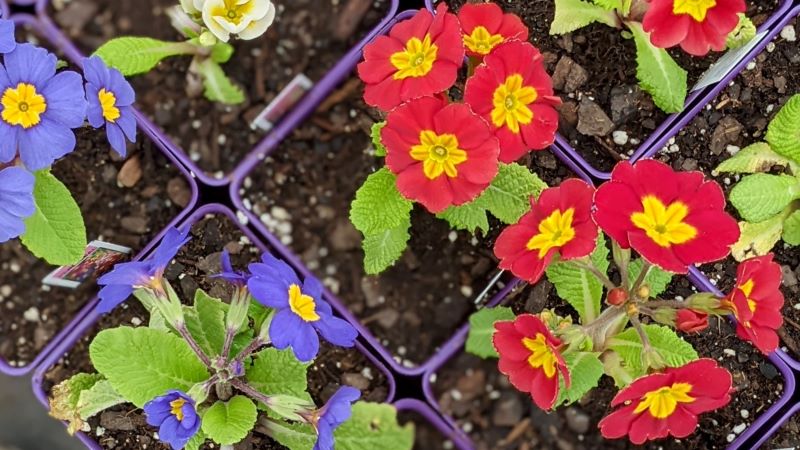
These extremely colorful flowers that come in multiple colors will bloom early to mid spring. They are
perfectly happy blooming before deciduous shrubs leaf out. Great for moist, partly shady garden areas!
When searching for perennials to enhance your landscape this season, be sure to keep an eye out for the ones mentioned above, as well as the additional spring flowering perennials listed below in our nursery.
Pasque Flower
Foam Flower
Lupine
Brunnera
Geranium
If you are looking for more perennials to add to your garden, especially ones that can handle drought, give Top 8 Tough as Nails Perennials a read!

